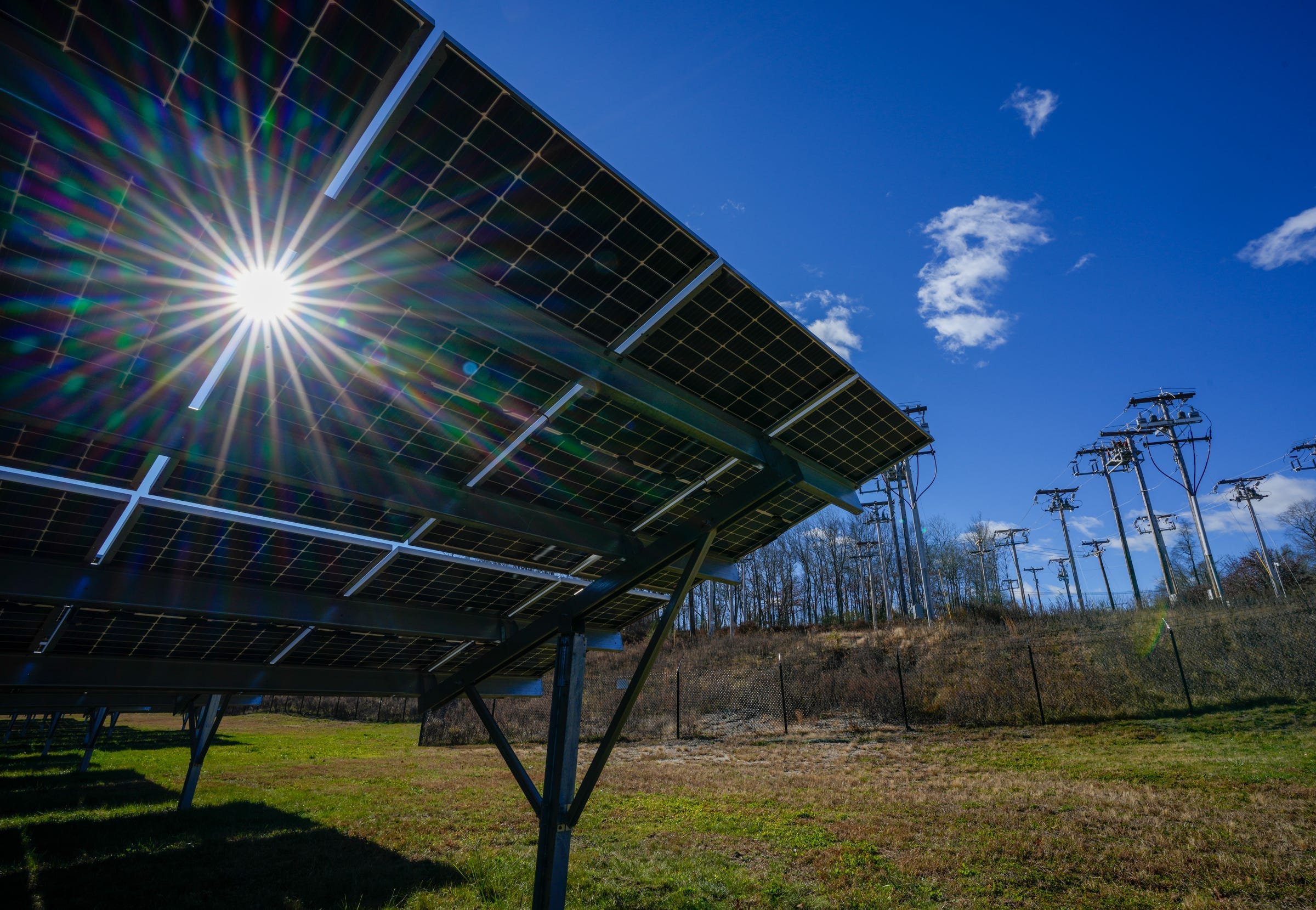
Renewable Energy Surges, Driving Decarbonization in the United States
Introduction
The United States witnessed an unprecedented surge in renewable energy production in 2024, according to the Sustainable Energy in America 2025 Factbook. Solar and wind power led the charge, contributing to a record 24% share of the nation’s electricity generation.
Solar Ascendance
Solar power was the primary driver behind the renewable energy boom. A record 40 gigawatts of new solar installations were added to the grid, propelling the sector to new heights. "Solar has been on a tear," remarked Tom Rolands-Reese, head of research for North America at BloombergNEF. "It’s been going from strength to strength."
Wind Power’s Reversal
In contrast to solar’s triumph, wind power experienced a setback. Both onshore and offshore projects struggled, marking the fourth consecutive year of declining additions. This reversal highlights the challenges facing wind energy, despite its potential for scalability.
Battery Storage Gains Ground
Battery storage played a crucial role in enabling solar and wind power to feed electricity into the grid during off-peak hours. The United States emerged as the world’s second-largest energy storage market, only behind China. This advance provides flexibility and reliability to the renewable energy system.
Corporate Clean Power Procurement
Corporations played a significant role in driving the demand for clean power. They signed up to purchase 28 gigawatts of zero-carbon energy, including not only wind and solar but also nuclear. This trend reflects the growing corporate commitment to sustainability and the urgency to decarbonize.
Electric Vehicle Adoption Accelerates
Electric vehicle sales reached 1.5 million in 2024, a 6.5% increase from the previous year. Approximately 10% of new cars registered were electric, indicating a shift in consumer preferences towards sustainable transportation. Legacy automakers, once slow to embrace electric vehicles, are now ramping up their operations to meet the growing demand.
Energy Efficiency and Emissions
Despite economic growth, primary energy consumption increased only marginally by 0.5%. The power sector continues to lead the way in decarbonization, with greenhouse gas emissions decreasing by 41% since 2005. This decline is largely attributed to the transition to renewable energy and decreased reliance on coal.
Overall, U.S. greenhouse gas emissions rose slightly by 0.5% year-on-year, primarily due to increased fossil fuel use in industry, transportation, and agriculture. However, compared to 2005, emissions have declined by 15.8%, demonstrating the progress made in mitigating climate change.
Policy Uncertainty
The report’s findings provide a snapshot of the energy landscape at the end of the previous administration. With significant changes to energy policies under President Trump, it remains to be seen whether these positive trends will continue. The future of renewable energy, energy efficiency, and decarbonization efforts depends on the direction that the new administration takes.
Conclusion
The United States made significant strides in renewable energy and decarbonization in 2024. Solar power flourished, battery storage expanded, corporations embraced clean power, and electric vehicle adoption accelerated. However, the future trajectory of these efforts hinges on policy decisions that will shape the nation’s energy system in the years to come.
